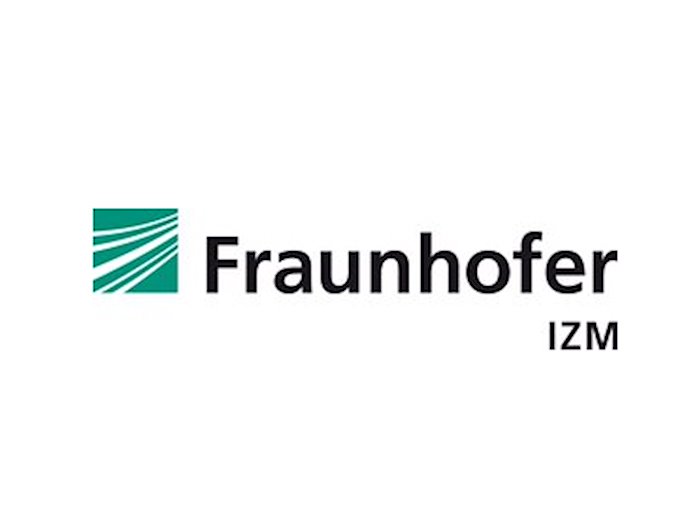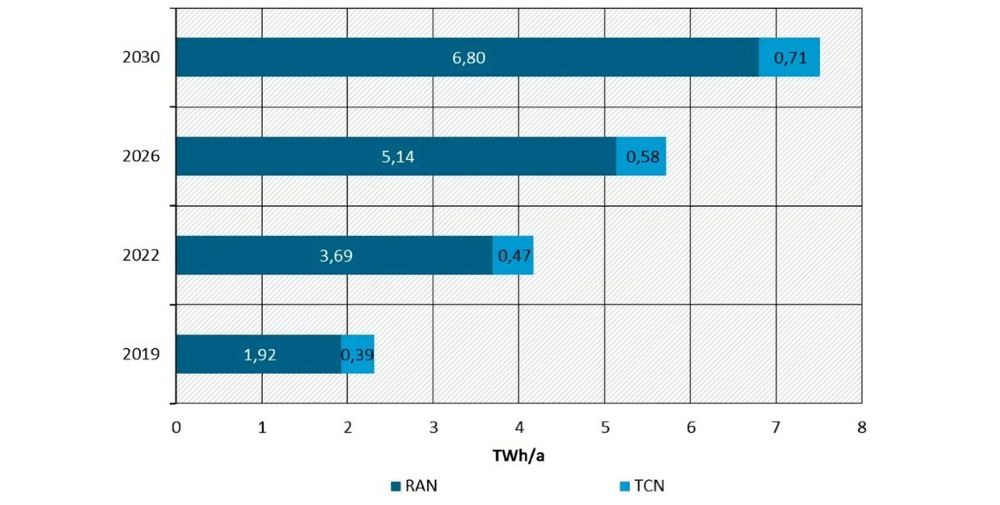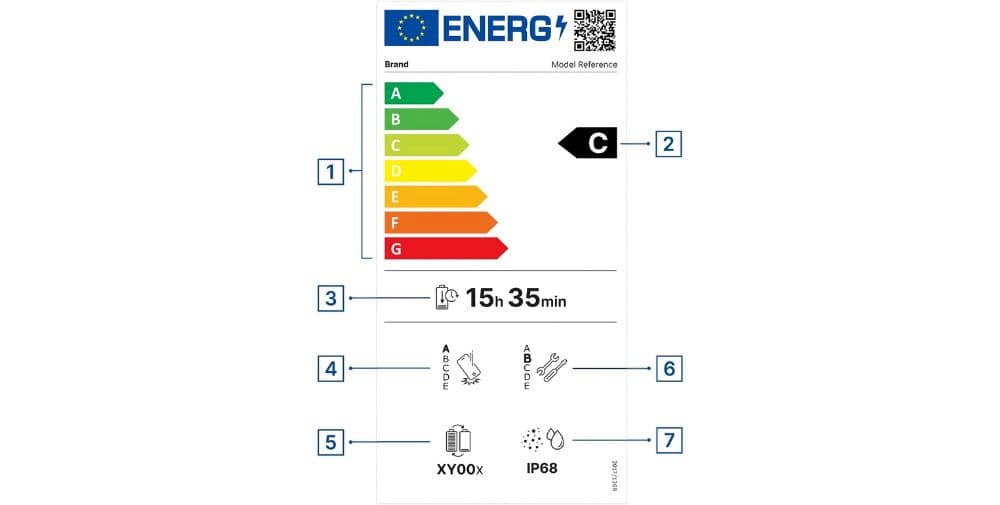
Stobbe’s team specializes in life cycle assessment and the eco-design of telecommunications and data centre technology. These two areas of information and communication technology (ICT) form the infrastructural basis of digitalization and the cloud-based internet. Despite a continuing high pace of development with constantly improving energy efficiency, the absolute energy and resource requirements for the systems continue to rise.
How will the energy requirements of mobile networks develop after the shutdown of 3G (UMTS), the expansion of 4G (LTE) and, in particular, 5G? How much CO2 will the production of new system technology generate in the coming years? What measures can be taken to optimize the design of mobile radio sites or to implement load-adapted energy management? And what impact would the use of renewable energies have on the greenhouse gas emissions of our mobile networks? In order to answer these questions, a wide range of technical, operational and economic data must be collected and evaluated.
Fraunhofer develops balance sheet model for CO2 emissions from mobile communications infrastructure
To this end, the researchers led by Lutz Stobbe have developed a life cycle-oriented balance sheet model that determines the CO2 footprint of production and the operational electricity requirements of radio access and aggregation networks. The main focus is on the system technology, i.e. the radio technology, including base stations as well as the optical transport and switching technology. Furthermore, the additional energy requirement for cooling the system technology and the conversion losses of the power supply were recorded in the model as Power Usage Effectiveness (PUE). A simplified hardware model for individual technical elements was developed to estimate the CO2 emissions of production. In particular, this model covers the energy-intensive and emission-intensive production of semiconductor-based integrated circuits (ICs), the assembled printed circuit boards (PCBs), connectors (ports) and bulk materials required for housings, racks and masts. End devices such as smartphones or sensors are not included in the study.
The model-based calculations for 2019 showed extremely good agreement with the published energy consumption figures of the German mobile network operators in Germany. The forecast assumed an annual growth rate for mobile data traffic based on the annual average of the five previous years. Network expansion and usage were modeled on this basis. The model shows a two- to three-fold increase in annual electricity demand, with a 10- to 40-fold increase in theoretical network capacity. The study shows that although an increase in data traffic leads to higher energy requirements, this does not happen in a linear fashion. Individual site configurations, regular modernization of equipment technology and other operational measures have a good potential to limit the increase in energy demand and carbon footprint.
An essential tool for quantifying CO2 emissions
The UTAMO study demonstrates a methodical approach for estimating the future environmental impact of ICT in detail. The developed life cycle inventory model allows the creation of different development scenarios with which technical progress, different usage intensities and operational measures of network operators can be quantified. The model combines theoretical principles of communications engineering with current technologies. It includes a detailed equipment inventory model that goes right down to the technical characteristics of the individual transceivers. The model is based on the so-called 5K method, which was developed by Fraunhofer IZM and takes into account the aspects of conditions, capacities, components, configuration and control. These terms are synonymous with the data requirements and the model structure. The model is therefore suitable for a variety of purposes. It can be used for the preparation of life cycle assessments and forecasts or for the analysis and ecodesign of individual network areas.
The study was prepared by Fraunhofer IZM as part of the UTAMO project on behalf of the Federal Environment Agency (UBA) in the period from 2019 to 2021 (FKZ 3718 36 324 0). It can be downloaded from the website of the Federal Environment Agency: https://www.umweltbundesamt.de/publikationen/umweltbezogene-technikfolgenabschaetzung-mobilfunk
– – – – – –
Further links
👉 www.izm.fraunhofer.de
Photo: Fraunhofer IZM




